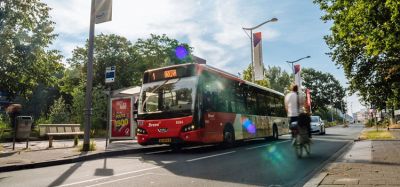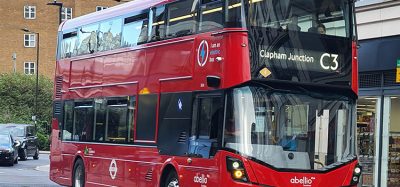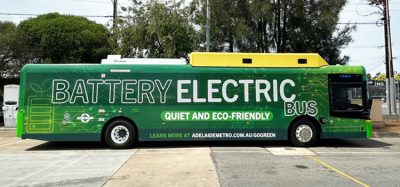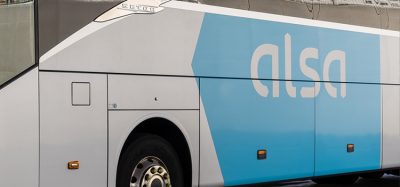MTA to acquire 1,025 subway cars for New York
- Like
- Digg
- Del
- Tumblr
- VKontakte
- Buffer
- Love This
- Odnoklassniki
- Meneame
- Blogger
- Amazon
- Yahoo Mail
- Gmail
- AOL
- Newsvine
- HackerNews
- Evernote
- MySpace
- Mail.ru
- Viadeo
- Line
- Comments
- Yummly
- SMS
- Viber
- Telegram
- Subscribe
- Skype
- Facebook Messenger
- Kakao
- LiveJournal
- Yammer
- Edgar
- Fintel
- Mix
- Instapaper
- Copy Link
Posted: 25 July 2016 | Katie Sadler, Digital Content Producer, Intelligent Transport | No comments yet
Governor of New York Andrew Cuomo has announced the Metropolitan Transportation Authority (MTA) will be issuing Request for Proposals including the acquisition of 1,025 new subway cars as part of the MTA Capital Program.
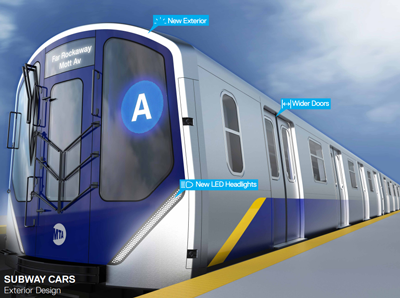

Governor of New York Andrew Cuomo has announced the Metropolitan Transportation Authority (MTA) will be issuing Request for Proposals including the acquisition of 1,025 new subway cars as part of the MTA Capital Program.


Image: MTA
Speaking at the Transit Museum in Brooklyn on the 18 July, Governor Cuomo revealed the MTA will shortly issue Request for Proposals (RFP) for the acquisition of redesigned subway cars and for the refurbishment of 31 subway stations throughout the New York Metropolitan Area. The recent announcement forms part of the $27 billion, five-year, MTA Capital Program to renew and expand the MTA network.
New MTA subway car design revealed
In addition, the Governor unveiled the design features of the new subway cars including vital enhancements to the exteriors and interiors of regular cars, wider doors, as well as the addition of up to 750 “Open Car End” designed-cars, which will reduce wait times and increase capacity.
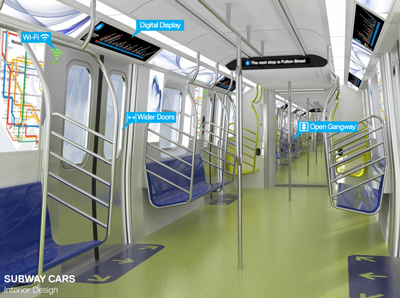

Image MTA
Unveiling the new designs, Governor Cuomo said: “New York deserves a world-class transportation network, worthy of its role as the heartbeat of the 21st century economy. The MTA design team developed a bold and visionary re-imagining of the quintessential commuter experience, incorporating best practices from global transit systems, and focusing on our core mission to renew, enhance and expand. We are going to do more than renovate – we are bringing subway stations to a higher standard than ever before, and the new vision for subway cars will increase capacity and reduce overcrowding and delays. I congratulate the MTA for thinking creatively and working with the kind of passion and urgency it takes to move this state forward.”
The MTA subway car RFP will highlight that the timeline of design and production, as well as cost-effectiveness, will be central factors in awarding the contract.
In addition, the RFP will emphasise the need to align with MTA design guidelines, which were established after a review of best practices in a number of major metropolitan areas from around the world, and identified several key elements for use in the New York system, including:
- Open Car End Design: The MTA anticipates that out of 1,025 new cars, up to 750 will feature an Open Car End designed. The Open Car End design replaces the door between cars with an accordion-like connector in order to create longer, open spaces, allowing for greater passenger flow movement and increasing capacity in the process. These cars have become an international standard: in London 31 percent of cars will be Open Car End by the end of the year; in Paris the figure climbs to 37 percent; and in Toronto to 56 percent.
- Wider Doors: The door width of the new cars will be expanded from the current MTA standard of 50 inches to 58 inches. Wider subway doors can reduce delays by allowing customers to enter and exit more quickly, and have become an international standard. According to a computer simulation of passenger flow conducted on behalf of the MTA, in crowded scenarios wider doors can reduce a train’s ‘dwell time’ in the station by 32 percent.
- Customer Amenities & Security: The interior of new cars will also feature a host of new amenities, including WiFi, USB chargers, full colour digital customer information displays, digital advertisements, illuminated door opening alerts and security cameras to promote passenger safety.
- Exterior Features: Design elements for the exterior of the new subway cars include a new blue front with large windows, LED headlights, and a blue stripe with gold accents along the sides.
The planned renovation work at 31 stations forms part of a wider programme to carry out component and renewal work at more than 170 other stations. Design elements include:
- Enhanced lighting throughout the stations;
- Improved signage to make it easier for customers to navigate stations, including digital, real-time updates on on-time performance at subway entrances, before customers even enter the station;
- Inclusion of amenities, such as count down clocks, improved cellular connectivity, Wi-Fi and new art; and
- Renovations will also consider the architectural legacy of each station, and remain sensitive to historical elements as the stations undergo redesign.
President of NYC Transit, Veronique (Ronnie) Hakim, said, “With design-build contracts, one team is responsible for both design and construction of the station. From a construction perspective, that means that there’s a seamless connection between various phases of a project, enabling the contractors to limit miscommunications, and speed the completion of the project. From the perspective of our customers, it means that they get a completely renovated station that is brighter, better, and more functional in the shortest possible time frame.”
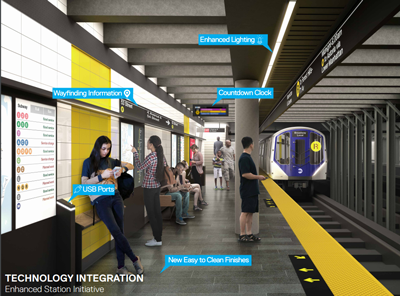

Image MTA
The MTA worked with Antenna Design, and CH2M, to create the new subway car design, and Grimshaw Architects, and Arup to spearhead the station initiative.
Related topics
Fleet Management & Maintenance
Related modes
Metro
Related cities
United States of America





